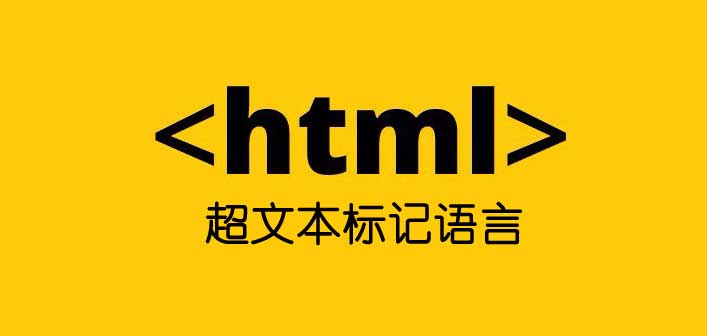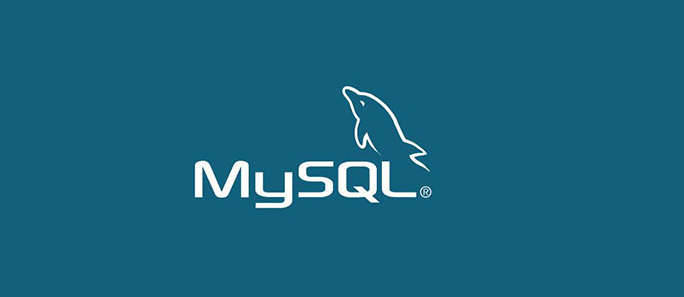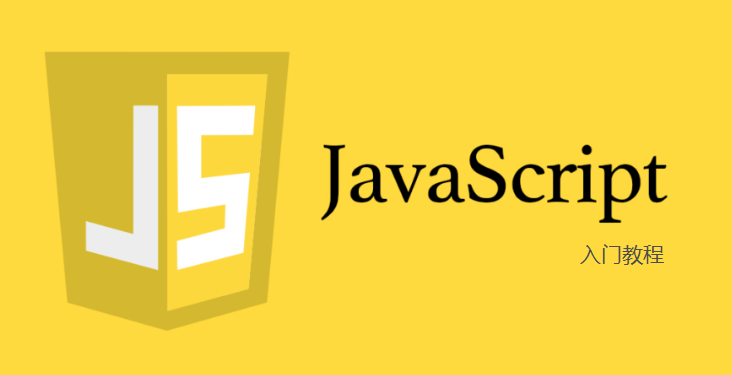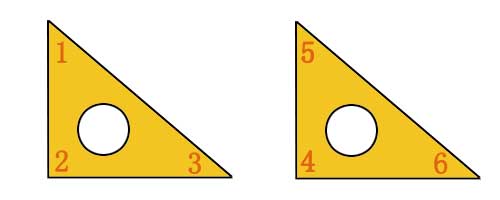C++11 标准库 bind 函数
时间:2021-12-13 作者:lvvou
bind 是什么?
bind 顾名思义: 绑定
通俗来讲呢,可以这么理解有点像函数指针的意思。
资料上是这么讲的:可以将 bind 函数看做一个通用函数的适配器,它接受一个可调用对象,生成一个新的可以调用对象来“适应”原对象参数列表
它一般调用形式:
// 其中 newCallable 是一个可调用的对象, arg_list 是以逗号分隔的参数列表
// 这时我们调用 newCallable,newCallable 就会调用 callable, 并用 arg_list 传递参数
auto newCallable = bind(callable, arg_list);
好了,重点在于 arg_list 里,那么我们如何传入参数呢
它们是靠这些参数的位置来识别的,形如 _n 之类的, n 是整形, _1 是第一个参数,_2是第二个参数,以此类推。
而名字 _n 是定义在 placeholders 命名空间中, 而 placeholders 本身又定义在 std 命名空间中, 所以形如:using std:: placeholders::_1
接下来,我们举例几个列子
举个栗子
bind 是在头文件 #include <functional> 中, 首先要包含它。
1. bind 无参数的普通函数
#include <iostream>
#include <functional> // 包含此头文件
// 普通函数
void Fun()
{
std::cout << "I am Fun!" << std::endl;
}
// 主函数
int main()
{
auto fun = std::bind(Fun); // 适配 Fun 函数并返回一个可调用的对象
fun();
return 0;
}
调试结果:
2. bind 1个参数的普通函数
#include <iostream>
#include <functional> // 包含此头文件
// 普通函数
void Fun(int a)
{
std::cout << "I am Fun! a = " << a <<std::endl;
}
// 主函数
int main()
{
auto fun = std::bind(Fun, std::placeholders::_1);
fun(5);
return 0;
}
调试结果:
3. bind 多个参数的普通函数
#include <iostream>
#include <functional> // 包含此头文件
// 普通函数
int Fun(int a, int b)
{
return a - b;
}
// 主函数
int main()
{
auto fun = std::bind(Fun, std::placeholders::_1, std::placeholders::_2);
std::cout << fun(5, 2) << std::endl;
return 0;
}
调试结果:
4. bind 多个参数的普通函数并打乱参数位置
#include <iostream>
#include <functional> // 包含此头文件
// 普通函数
int Fun(int a, int b)
{
return a - b;
}
// 主函数
int main()
{
auto fun1 = std::bind(Fun, std::placeholders::_1, std::placeholders::_2);
auto fun2 = std::bind(Fun, std::placeholders::_2, std::placeholders::_1);
std::cout << fun1(5, 2) << std::endl;
std::cout << fun1(5, 2) << std::endl;
return 0;
}
调试结果:
5. bind 类的成员函数
#include <iostream>
#include <functional> // 包含此头文件
class MyClass {
public:
MyClass() {}
~MyClass() {}
public:
void printInfo() {
std::cout << "MyClass Info." << std::endl;
}
};
// 主函数
int main()
{
MyClass A;
auto fun = std::bind(&MyClass::printInfo, A);
fun();
return 0;
}
调试结果:
再举个应用栗子
#include <iostream>
#include <functional> // 包含此头文件
typedef std::function<void(int)> CallbackType;
// A 类
class MyClassA {
public:
void regeditCallBack(CallbackType fun)
{ _callback_fun = fun; }
void printInfoA(int d)
{ _callback_fun(d); }
private:
CallbackType _callback_fun;
};
// B 类
class MyClassB {
public:
void printInfoB(int d) {
std::cout << d << std::endl;
}
};
// 主函数
int main()
{
MyClassB B;
auto funB = std::bind(&MyClassB::printInfoB, B, std::placeholders::_1);
MyClassA A;
域名ditCallBack(funB);
域名tInfoA(1);
return 0;
}
调试结果:
结束
学无止境



















